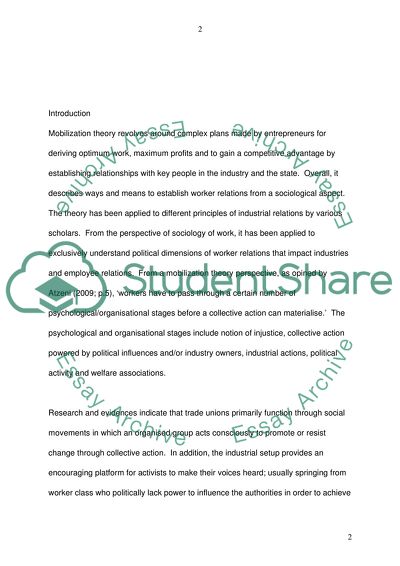Cite this document
(Mobilization Theory in Understanding Trade Union Activism Research Paper, n.d.)
Mobilization Theory in Understanding Trade Union Activism Research Paper. Retrieved from https://studentshare.org/macro-microeconomics/1734461-employment-relation
Mobilization Theory in Understanding Trade Union Activism Research Paper. Retrieved from https://studentshare.org/macro-microeconomics/1734461-employment-relation
(Mobilization Theory in Understanding Trade Union Activism Research Paper)
Mobilization Theory in Understanding Trade Union Activism Research Paper. https://studentshare.org/macro-microeconomics/1734461-employment-relation.
Mobilization Theory in Understanding Trade Union Activism Research Paper. https://studentshare.org/macro-microeconomics/1734461-employment-relation.
“Mobilization Theory in Understanding Trade Union Activism Research Paper”, n.d. https://studentshare.org/macro-microeconomics/1734461-employment-relation.


